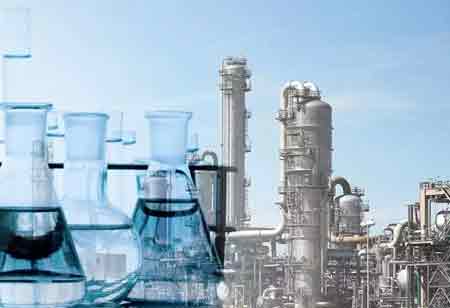Chemical logistics is complex, so seeking intermodal services should find a partner with a track record in chemical logistics and adherence to hazardous and non-hazardous product transport laws.
Fremont, CA: The chemical industry, impacted by supply chain disruptions and delays due to the pandemic, is crucial for maintaining chemical flow. Despite not returning to pre-pandemic levels, optimism suggests transformation and progress in the industry.
Intermodal Builds Resilience
The chemical industry has faced disruptions, higher shipping costs, and service drops due to labor and supply shortages. As demand for chemical shipments increases, more transportation options beyond over-the-road trucking are required. Working with logistics partners with an extensive intermodal network offers safe, cost-effective, and timely delivery of products. Chemical logistics is complex, so seeking intermodal services should find a partner with a track record in chemical logistics and adherence to hazardous and non-hazardous product transport laws.
Visibility Drives Decision-Making
Chemical logistics processes require increased network visibility, transparency, and control. Technology platforms offering a web-based global transportation management solution (TMS) can help chemical shippers make long-term decisions, overcome inefficiencies, and optimize transportation. TMS can manage events, generate analytics, select carriers, and configure graphical dashboards. It can also eliminate gaps in thinly or newly staffed departments, providing visibility in the complex chemical logistics industry.
Advancing Sustainability
Reducing the supply chain industry's environmental impact is hampered by the increase in shipments of chemical products. However, chemical shippers can use emerging technologies like electrification, alternative fuels, dynamic routing, predictive analytics, AI, and IoT-enabled devices to drive sustainability and achieve business goals. The chemical industry has the potential to mitigate environmental harm and enhance profitability by implementing substantial measures to strengthen supply chains and achieve carbon neutrality by 2050.
The chemical industry is experiencing significant growth, but there's no need for uncertainty about logistics providers' ability to meet demand. Opportunities exist to address challenges by exploring intermodal transportation, improving network visibility, and advancing sustainability initiatives, allowing the chemical supply chain to adapt to the current situation.

